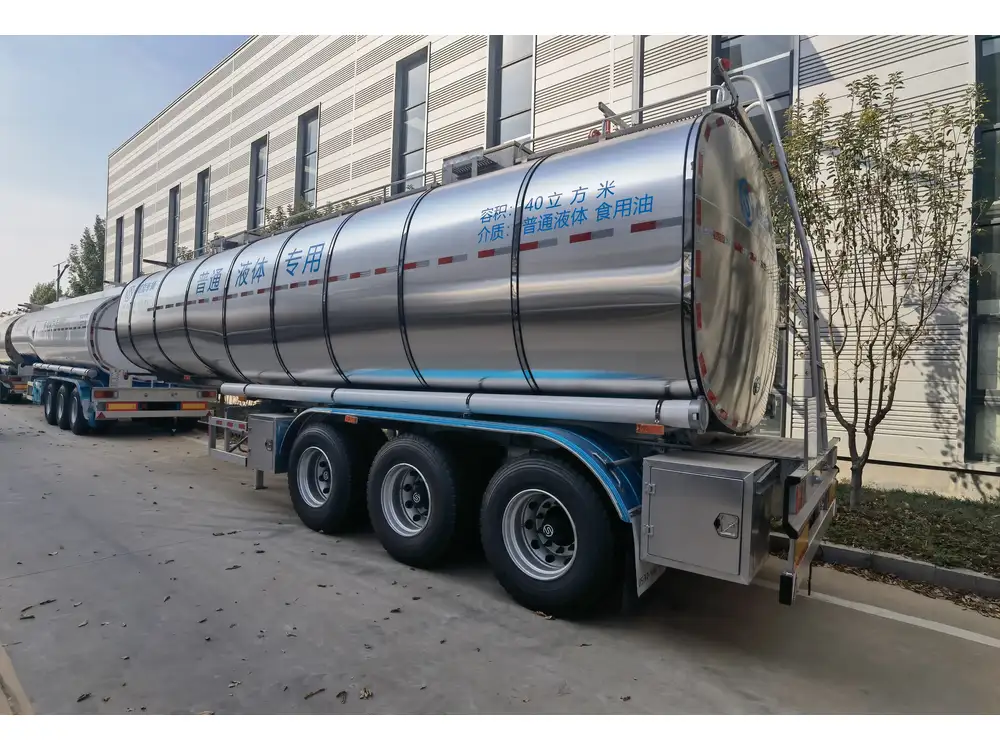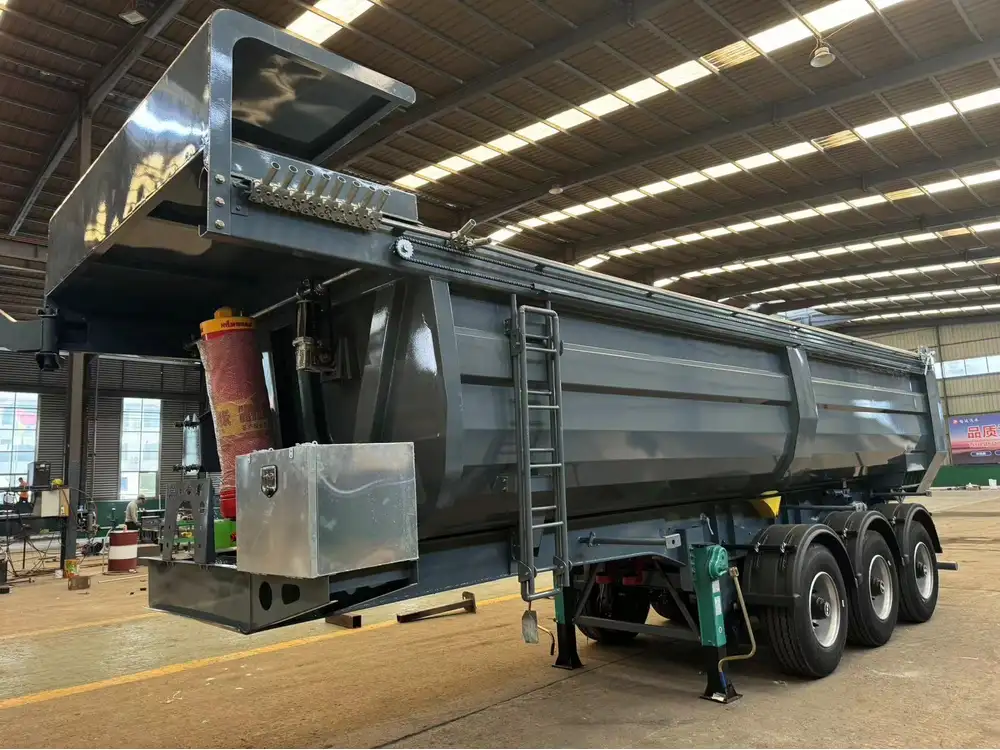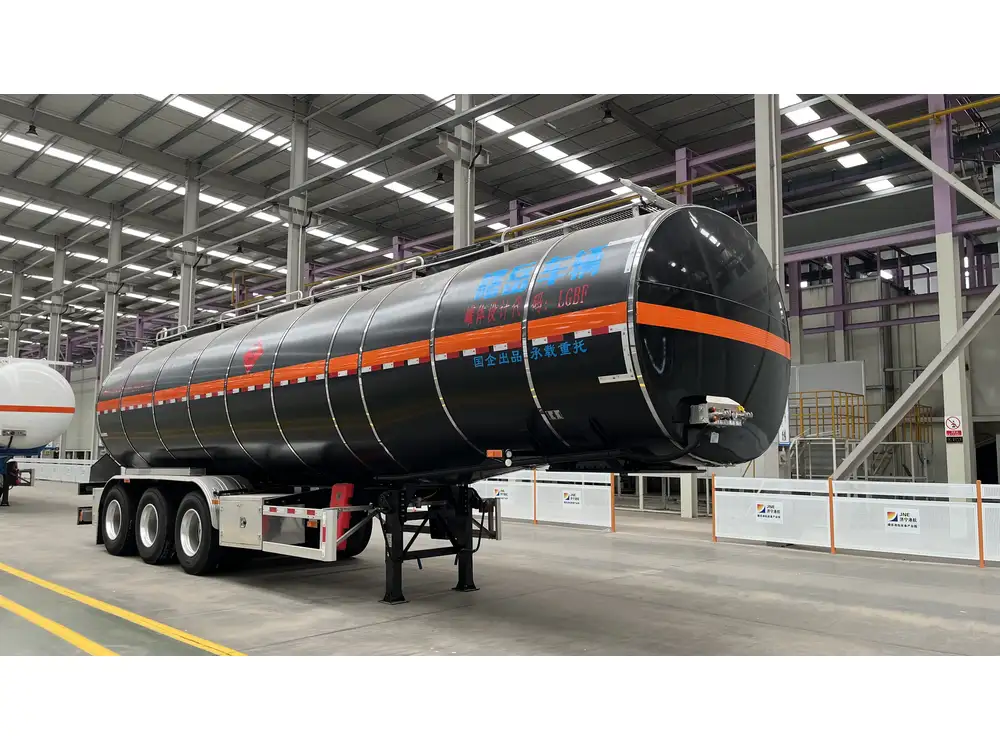When it comes to commercial trucking, one pivotal question often on the minds of operators and fleet managers is, “How many gallons of diesel does a semi-truck hold?” The answer not only influences operational costs but can also impact route planning, efficiency, and overall productivity. In this comprehensive guide, we delve into the various factors that determine a semi-truck’s fuel tank capacity, comparing different truck types, and detailing their implications on trucking operations.
Standard Fuel Capacity of Semi-Trucks
Most semi-truck fuel tanks hold between 100 to 300 gallons of diesel. However, the specific capacity can vary significantly based on the design of the truck, its configuration, and the manufacturer’s specifications. For example:
| Truck Type | Typical Fuel Tank Capacity |
|---|---|
| Day Cab | 100 – 150 gallons |
| Sleeper Cab | 150 – 300 gallons |
| Long-Haul | 200 – 400 gallons |
Factors Influencing Fuel Tank Capacity
Truck Configuration
- Day Cabs: Designed primarily for regional and local hauling, day cabs generally feature smaller tanks to accommodate lighter weights and shorter routes.
- Sleeper Cabs: For long-haul applications, sleeper cabs are equipped with larger tanks to reduce the need for frequent refueling, allowing drivers to cover longer distances without interruption.
Payload and Weight Limitations
- The weight of the fuel affects the payload capacity of the truck. Therefore, manufacturers and operators must find a balance between fuel capacity and allowable cargo weight to maximize efficiency.
State and Federal Regulations
- Depending on regulations concerning weight limits for commercial vehicles, companies often design their trucks with specific fuel capacities to comply with legal requirements.

Comparative Analysis of Fuel Capacities by Manufacturer
Different manufacturers have varying standards for semi-truck fuel tank capacities. Below is a comparative analysis of popular brands:
| Manufacturer | Model | Fuel Tank Capacity |
|---|---|---|
| Freightliner | Cascadia | 120 – 300 gallons |
| Kenworth | W990 | 150 – 300 gallons |
| Peterbilt | 579 | 150 – 300 gallons |
| Volvo | VNL series | 100 – 300 gallons |
| International | LT Series | 100 – 150 gallons |
Each company offers models tailored to specific needs, whether it’s fuel efficiency, comfort, or payload capacity.
The Importance of Diesel Quality
Fuel Quality Assessment
Understanding how many gallons a semi-truck holds goes hand in hand with appreciating the quality of fuel being used. Selecting high-quality diesel has several benefits:
- Increased Longevity: High-quality diesel ensures better engine performance and longevity.
- Cost Efficiency: Better fuel can lead to improved fuel economy, allowing operators to travel further on a full tank.
It is crucial to assess the fuel’s quality regularly, including checking for any contaminants that may affect engine performance.

Impact of Load on Fuel Efficiency and Consumption
Fuel Consumption Rates
The fuel consumption rates for semi-trucks can fluctuate drastically based on load weight, speed, and driving conditions. A standard semi-truck may achieve efficiency rates as follows:
- Under Light Load: Approximately 6 – 8 miles per gallon (mpg)
- Under Average Load: Approximately 5 – 6 mpg
- Under Heavy Load: Approximately 4 – 5 mpg
Analyzing Load and Its Relationship with Fuel Use
The relationship between load and fuel consumption is nuanced. Higher loads require more power, leading to higher fuel consumption. This concept can be succinctly illustrated:
| Load Weight | Fuel Efficiency (mpg) |
|---|---|
| Light (under 10,000 lbs) | 8 – 9 |
| Moderate (10,000 – 20,000 lbs) | 6 – 7 |
| Heavy (over 20,000 lbs) | 4 – 5 |
Fleet managers should always consider how load weight affects fuel consumption when planning shipments or scheduling deliveries.

Estimating Range Based on Fuel Capacity
Distance on a Full Tank
To estimate how far a semi-truck can travel on a full tank of fuel, you can use the formula:
[ \text{Distance} = \text{Tank Capacity} \times \text{Fuel Efficiency} ]Using this formula, consider a semi-truck equipped with a 200-gallon tank and achieving 6 miles per gallon:
[ \text{Distance} = 200 \, \text{gallons} \times 6 \, \text{mpg} = 1200 \, \text{miles} ]Factors Affecting Travel Distance
- Driving Conditions: Weather, terrain, and traffic can significantly influence fuel efficiency and thus the distance traveled on a full tank.
- Driving Behavior: Aggressive driving practices may reduce fuel efficiency, causing trucks to consume fuel at a higher rate.

Maintenance and Fuel Management Practices
Regular Maintenance
Routine maintenance plays an essential role in ensuring optimal fuel capacity and efficiency:
- Fuel Filter Checks: Clogged filters can reduce fuel flow, which may require more frequent refueling.
- Engine Tune-Ups: Regular tune-ups help maintain engine efficiency, ensuring better fuel consumption rates.
Fuel Management Systems
Investing in a fuel management system can aid fleet managers in tracking consumption, fuel costs, and efficiency. Such systems can highlight:
- Fuel usage patterns over time.
- Locations where fuel is consumed more rapidly.
- Seasonal variations in fuel efficiency.

Best Practices for Fuel Storage
For fleets employing their fuel storage tanks, following best practices for storage can enhance the quality of diesel:
- Ensure tanks are regularly maintained and checked for water and sediment build-up.
- Use fuel additives to improve diesel stability and prevent microbial growth.
Conclusion
Understanding how many gallons of diesel a semi-truck can hold is pivotal for optimizing operational efficiency and cost management. By delving into the nuances of truck types, diesel quality, load implications, and maintenance practices, fleet managers and operators can make informed decisions that enhance productivity.
As a manufacturer of semi-trailers, we recognize the significance of these considerations in the trucking industry. Ensuring that our products align with these operational needs not only fosters a more effective transportation system but also supports our clients in maximizing their logistical capabilities. Embracing these insights might just be the key to unlocking greater success in your trucking endeavors.



